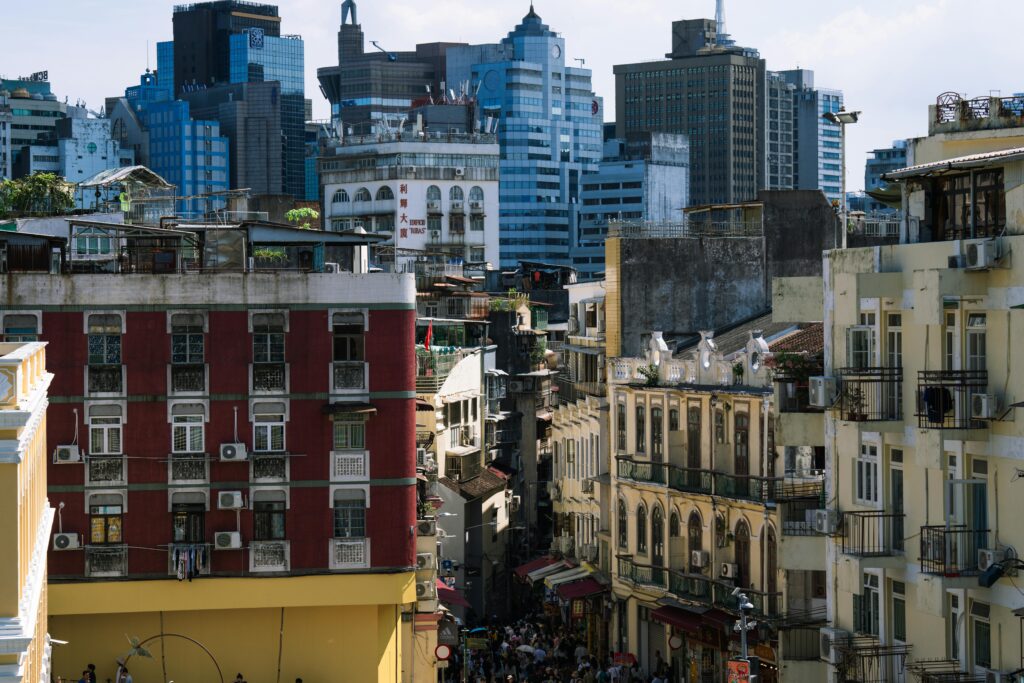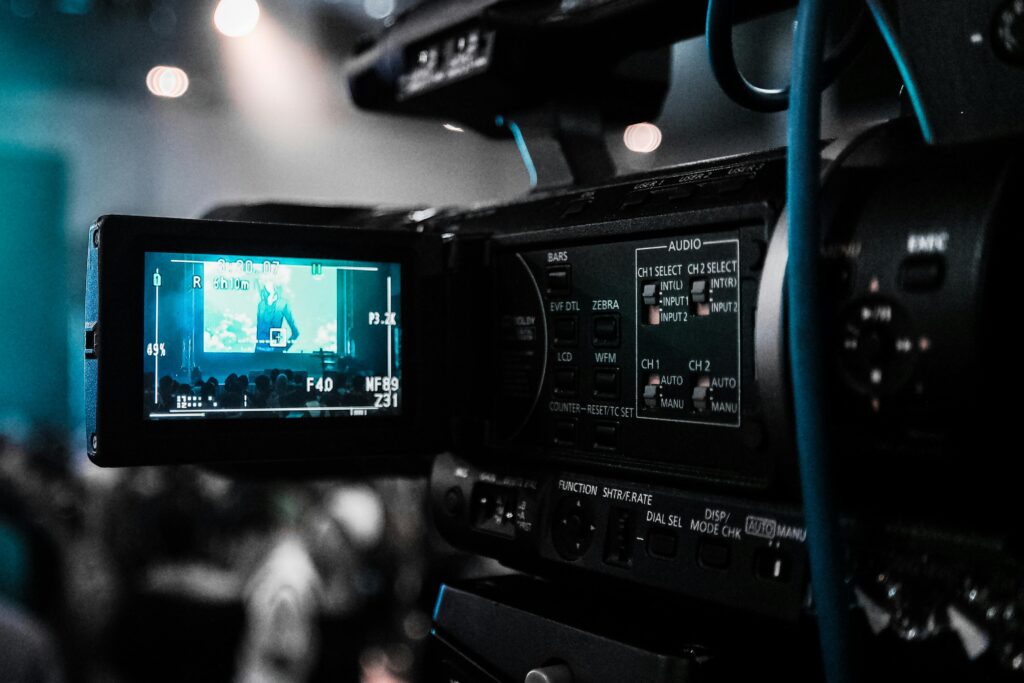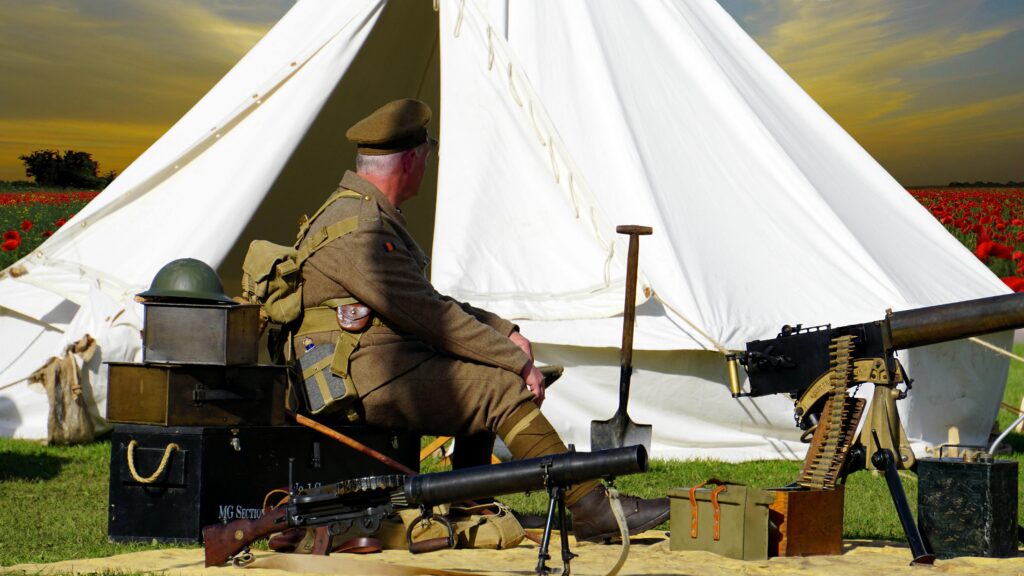Understanding Contrast in Art
Contrast in art refers to the arrangement of opposing elements to create visual interest, emphasize differences, and draw attention to particular areas of a composition. By juxtaposing elements such as light and dark, color, texture, or shape, artists can enhance the overall impact of their work.
Types of Contrast in Art
Color Contrast
Color contrast involves using complementary colors or opposing hues to create visual interest. For example, red and green are complementary colors that, when used together, can make each other appear more vibrant. Similarly, using warm colors like reds, oranges, and yellows alongside cool colors like blues and greens can also create a striking contrast.
Tonal Contrast
Tonal contrast involves using different levels of light and shadow (tones) to create differences in the perceived value of elements within a picture. Artists often use tonal contrast to direct the viewer’s eye to certain areas of a composition or to create a sense of volume and three-dimensionality. For example, in a portrait, an artist might use softer, less detailed areas for the background and brighter, more detailed areas for the subject’s face, creating a tonal contrast that draws attention to the face.
Textural Contrast
Textural contrast is achieved by combining smooth, shiny surfaces with rough, matte textures, or by using different materials to create a variety of tactile sensations within a single work of art. Textural contrast can help guide the viewer’s eye through the composition and add interest and depth to the piece. For example, a soft, fluffy blanket can be placed next to a hard wooden table, creating a textural contrast that draws attention to the contrast between the two materials.
Shape and Form Contrast
Shape and form contrast involves combining different types of shapes or forms. Commonly, it’s the contrast between geometric shapes (those with clear, defined edges and angles like squares, circles, triangles) and organic shapes (irregular, curved, flowing shapes often found in nature, like leaves or clouds). This type of contrast can create visual interest, tension, or harmony between elements. It helps define the character of different parts of a composition.
Size and Scale Contrast
Size and scale contrast is about varying the physical dimensions of elements within an artwork, placing tiny objects next to colossal ones, or small details within a large expanse. Size and scale contrast can create dramatic impact, emphasize the importance or insignificance of elements, and play with the viewer’s perception of space and reality.
Techniques for Creating Contrast
Chiaroscuro
Chiaroscuro is the use of strong contrasts between light and dark, usually bold contrasts affecting a whole composition. It is also a technical term used by artists and art historians for the use of contrasts of light to achieve a sense of volume in modeling three-dimensional objects and figures. Similar effects in cinema, and black and white and low-key photography, are also called chiaroscuro. Taken to its extreme, the use of shadow and contrast to focus strongly on the subject of a painting is called tenebrism.
Aerial Perspective
Aerial perspective, or atmospheric perspective, refers to the technique of creating an illusion of depth by depicting distant objects as paler, less detailed, and usually bluer than near objects. This technique was introduced in painting by Leonardo da Vinci to portray what was observed in nature and evident in his interest in optics.
Light and Shadow
Contrast is a fundamental factor in painting; it is the language with which the image is shaped. There are two types of contrast: the “luminous”, which can be by chiaroscuro (light and shadow) or by surface (a point of light that shines brighter than the rest); and the “chromatic”, which can be tonal (contrast between two tones) or by saturation (a bright color with a neutral one). Both types of contrast are not mutually exclusive, in fact they coincide in the same image most of the time. Contrast can have different levels of intensity and its regulation is the artist’s main tool to achieve the appropriate expression for his work. From the contrast between light and shadow depends the tonal expression that the artist wants to give to his work, which can range from softness to hardness, which gives a lesser or greater degree of dramatization. Backlighting, for example, is one of the resources that provide greater drama, since it produces elongated shadows and darker tones.
Examples of Contrast in Art
Caravaggio’s Use of Chiaroscuro
Caravaggio is known for his dramatic use of chiaroscuro to create strong contrasts between light and dark, enhancing the emotional or narrative impact of his work.
Mark Rothko’s Color Field Paintings
Mark Rothko’s color field paintings explore the subtle contrasts between large areas of color, creating a sense of depth and emotional resonance.
Claude Monet’s Impressionist Works
Claude Monet’s Impressionist works often utilize color contrast to capture the effects of light and atmosphere, creating vibrant and dynamic compositions.
Importance of Contrast in Art
Contrast serves several crucial functions in art, each with a direct parallel in technological applications:
- Visual Interest: Contrast captures the viewer’s attention, preventing visual fatigue and encouraging deeper engagement. This is equivalent to reducing information overload in UX design.
- Depth and Dimensionality: Contrast creates the illusion of depth, making a two-dimensional surface appear three-dimensional. This is analogous to depth mapping and stereoscopic rendering in computer graphics.
- Emphasis and Hierarchy: Contrast emphasizes specific elements, guiding the viewer’s eye and establishing a visual hierarchy. This parallels the concept of information architecture and visual prioritization in web development.
Common Questions About Contrast in Art
Why is contrast important in art?
Contrast is key in art because it brings life and focus to the piece. It helps share the theme and story. By defining what the artwork is about, it makes the visuals more striking and guides the viewer.
What are common types of contrast in art?
In art, common contrasts include color, light and dark, and size. These contrasts create a strong visual effect. They improve the artwork’s layout and make it look more dynamic.
How does contrast create depth and dimension in visual composition?
Contrast adds depth and dimension, especially in flat mediums. Techniques like chiaroscuro use light and shadow. This makes the art look three-dimensional on a two-dimensional surface.
How can contrast enhance focal points in artwork?
Contrast makes focal points stand out by using different visual elements. Artists use tonal and color contrasts to draw attention. This emphasizes the important parts of their work.
Can you provide examples of artists who effectively used contrast?
Artists like Henri Matisse and the Op Art movement used contrast well. Efforts in chiaroscuro by Rembrandt and Caravaggio also show how contrast can be used. These techniques make visuals deep and highlight the main parts.
Conclusion
Mastering contrast in art is essential for creating compelling and dynamic compositions. By understanding and applying various types of contrast—such as color, tonal, textural, shape and form, and size and scale—artists can enhance visual interest, create depth, and guide the viewer’s attention. Techniques like chiaroscuro and aerial perspective further enrich the artwork, adding layers of meaning and emotional impact. Studying the works of masters like Caravaggio, Mark Rothko, and Claude Monet can provide valuable insights into the effective use of contrast in art.


